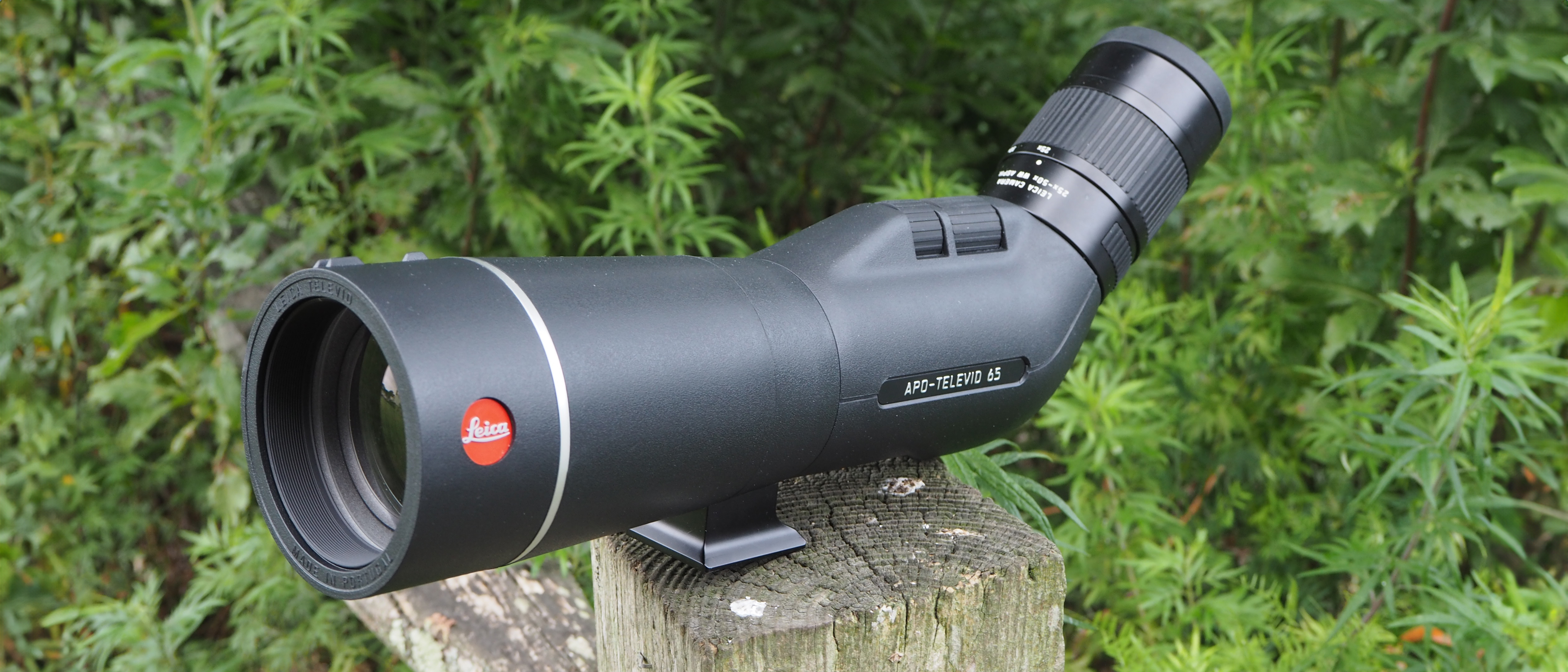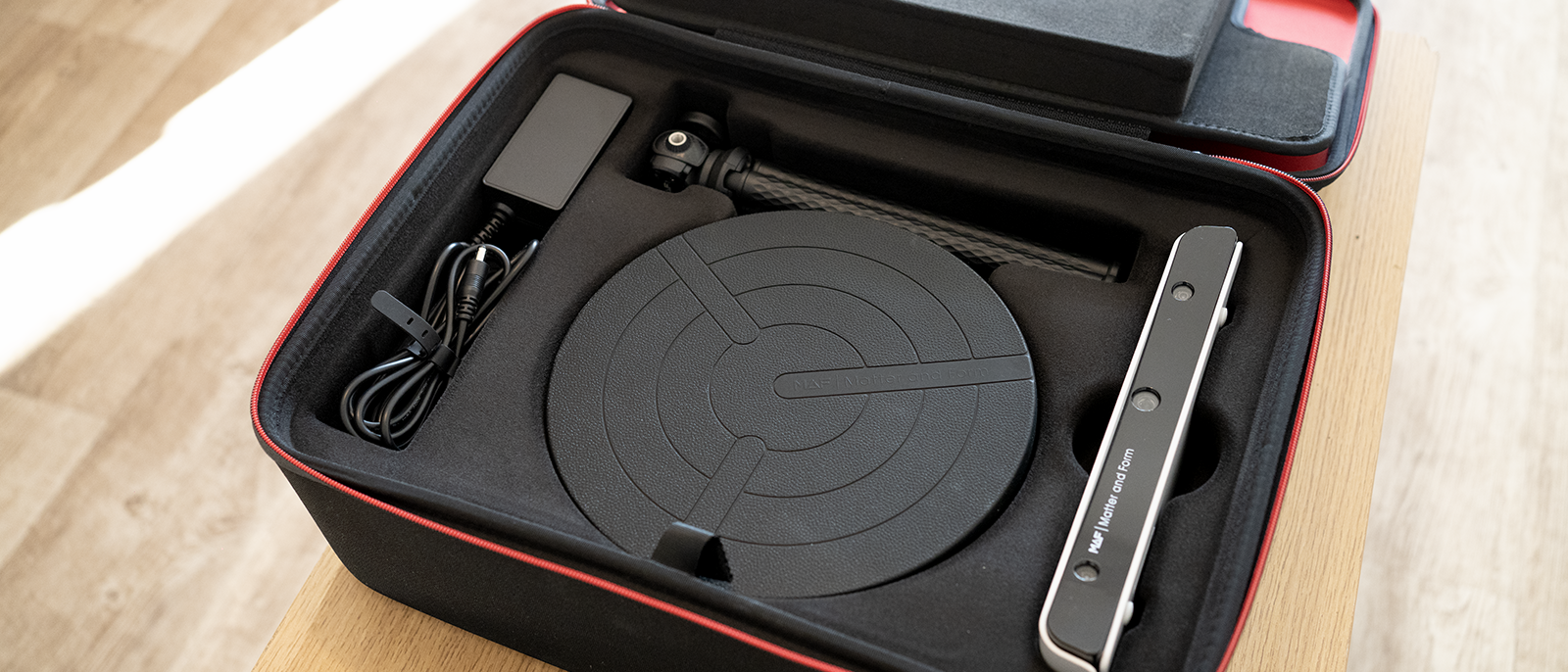Digital Camera World Verdict
Just beyond the length of a school ruler with its 25-50x zoom eyepiece attached, the Leica APO-Televid 65 is both relatively compact and powerful. Offering up to 50x magnification, the kit I had delivers razor-sharp identification of skittish subjects in daylight and twilight, thanks to its generous 65mm objective lens. This German-made scope is built to last, is of the high quality I’d expect from Leica, and should provide years of clear, bright observation. As long as purchasers can justify the premium price tag.
Pros
- +
Large and bright objective lens
- +
Great deal of scope provided via added zoom eyepiece
- +
High quality construction and premium feel build, watertight to five metres’ depth
Cons
- -
Chunky and weighty if compared with binocular or monocular
- -
A premium build and Leica logo inevitably means a large(ish) price tag
- -
Stiff controls mean manual adjustments slow to make
Why you can trust Digital Camera World
Post pandemic, there’s been an uptick in interest in telescopes and their typically more compact and manageable brethren, the spotting scope.
The Leica APO-Televid 65 is the latter; another premium look and feel professional-grade scope for nature and low-light observation.
Worth focusing on here is a generous 65mm objective lens, with a 45° angled eyepiece providing the opportunity to vary magnification between 25-50x. Simultaneously released by Leica is an 82 model incorporating an 82mm lens for those who want to go larger, and theoretically brighter, still, though there’s additional weight with it. The alternative for either model is a further eyepiece option offering 20x to 60x magnification for an extended reach.
Like anything Leica, impressive features and top-tier positioning mean the APO-Televid 65 arrives with a large-ish price tag. But in return, we get German design, optical excellence, a sturdy build, razor-sharp close-ups from a distance, a large field of view, and more unusually still, not one but two focus wheels for fine-tuning image sharpness.
Should photographers want to get more creative still and attach a Q-series full-frame camera, or even a smartphone, to indulge in the art of digiscoping, optional adapters are available from Leica and Ollin, respectively. Leica also offers a compatible 35mm digiscoping lens to allow use of its SL and M system cameras.
So, is the Leica APO-Televid 65 a scope that those wanting a serious observational tool should make a point of looking into? Read on to find out.
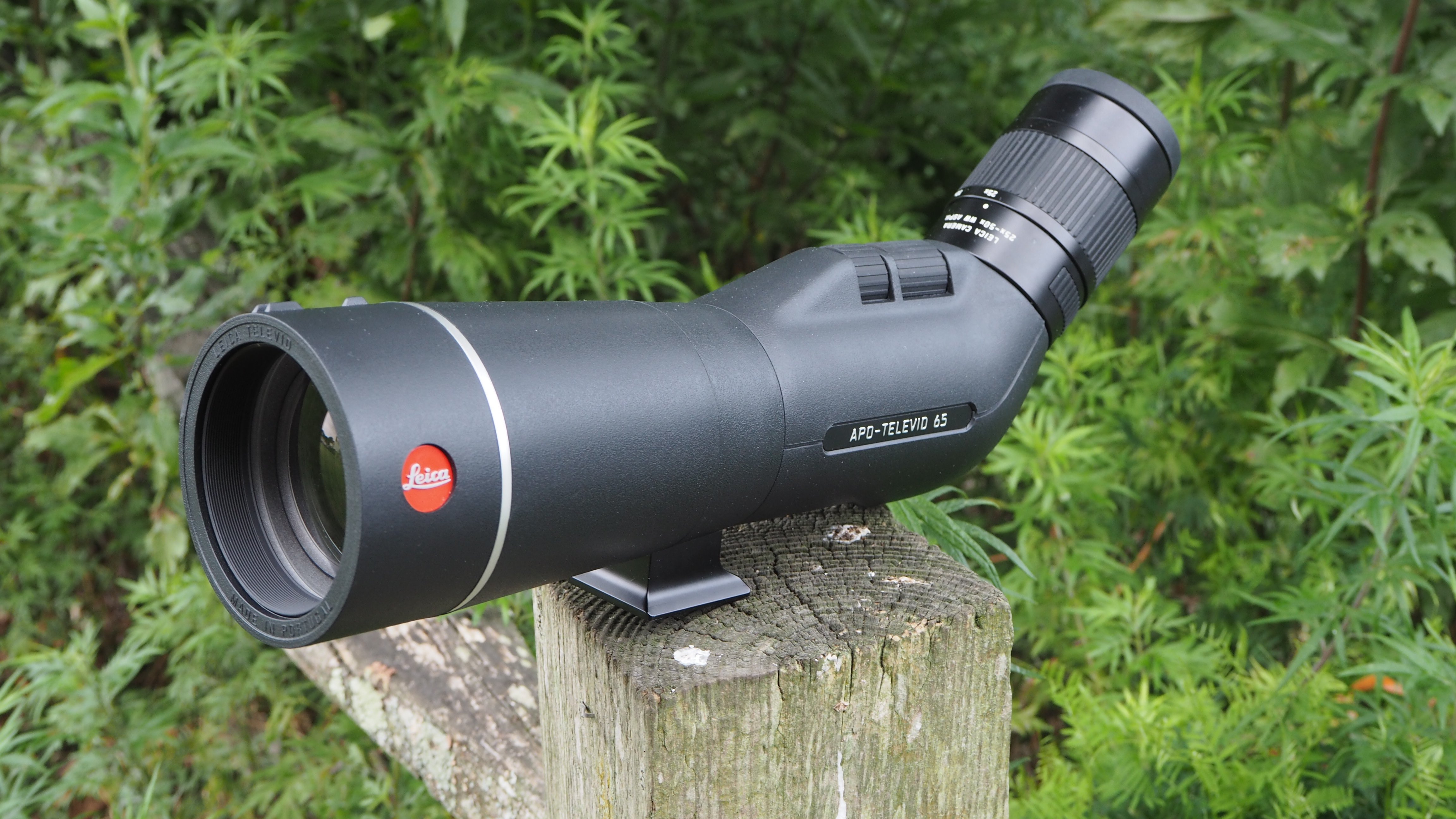
Leica APO-Televid 65: Specifications
Magnification | 25x to 50x |
Objective lens size | 65mm |
Field of view at 1000m | 41m (25x) to 28m (50x) |
Eye relief | 19mm |
Minimum focus distance | 2.9m |
Dimensions | 300x105x83mm / 11.81x4.13x3.27-inches |
Weight | 1.2kg |
Leica APO-Televid 65: Price
Unveiled in July 2025, the Leica APO-Televid 65 with 65mm objective lens arrives alongside an 82mm alternative, plus two further identical lenses incorporating Televid-HD models, sitting just below its APO-Televid duo. While the Leica APO-Televid 65 is by no means inexpensive, the cost here includes the 25-50x zoom eyepiece, with the option to buy without. Given this, it’s less of a shock to anyone looking for a premium-end, portable scope with that familiar Leica red button logo. Plus, there’s the slightly more affordable Televid HD 65 if I want a comparable specification but can live without its sibling’s top-tier optical quality.
The best camera deals, reviews, product advice, and unmissable photography news, direct to your inbox!
As ever, I’d take the above prices as a guide only. An online search while undertaking this review indicated some sizeable savings to be had over the manufacturer’s own suggested price on this spotting scope kit, if shopping around independent retailers.
Leica APO-Televid 65: Design & Handling
As I’d expect from anything made by Leica, its nitrogen-filled, magnesium construction APO-Televid 65 scope feels sleek yet sturdy when gripped in the palm.
There’s a tripod foot provided at the base for additional stabilisation, or otherwise this premium, rubber-exterior scope requires two-handed use. The right hand can be used for adjusting magnification and fine-tuning focus, via the larger and smaller focus dials, respectively, while the left hand cradles the front end of the scope.
Alternatively, of course, this scope can be set on a tripod, which will be a preferable option for extended observation periods, especially as the 25-50x eyepiece I was using adds another 435g to the overall weight.
The size and heft at 1.2Kg without eyepiece mean that while I could fit it in my messenger-style sling bag at a pinch, a small backpack proves a more suitable means of transportation.
I’m told from a glance at the spec sheet that front and rear lens caps are provided upon purchase, though the front cap was missing from my sample. Still, the extended, adjustable lens hood helps shield the front glass to an extent.
As a scope designed for use in the great outdoors, the Leica APO-Televid 65’s lens elements feature what it terms ‘AquaDura’ coating, an anti-reflective, anti-static, dust-resistant coating that’s water and dirt repellent.
Furthermore, this model’s construction claims to be watertight to a depth of five metres. I only encountered light rain/drizzle during my test period, so I cannot attest to its performance in such extreme circumstances. But it does provide extra peace of mind, backed up by the fact that the housing here is nitrogen purged and thus fog-proofed. Pretty standard stuff, expected at this price.
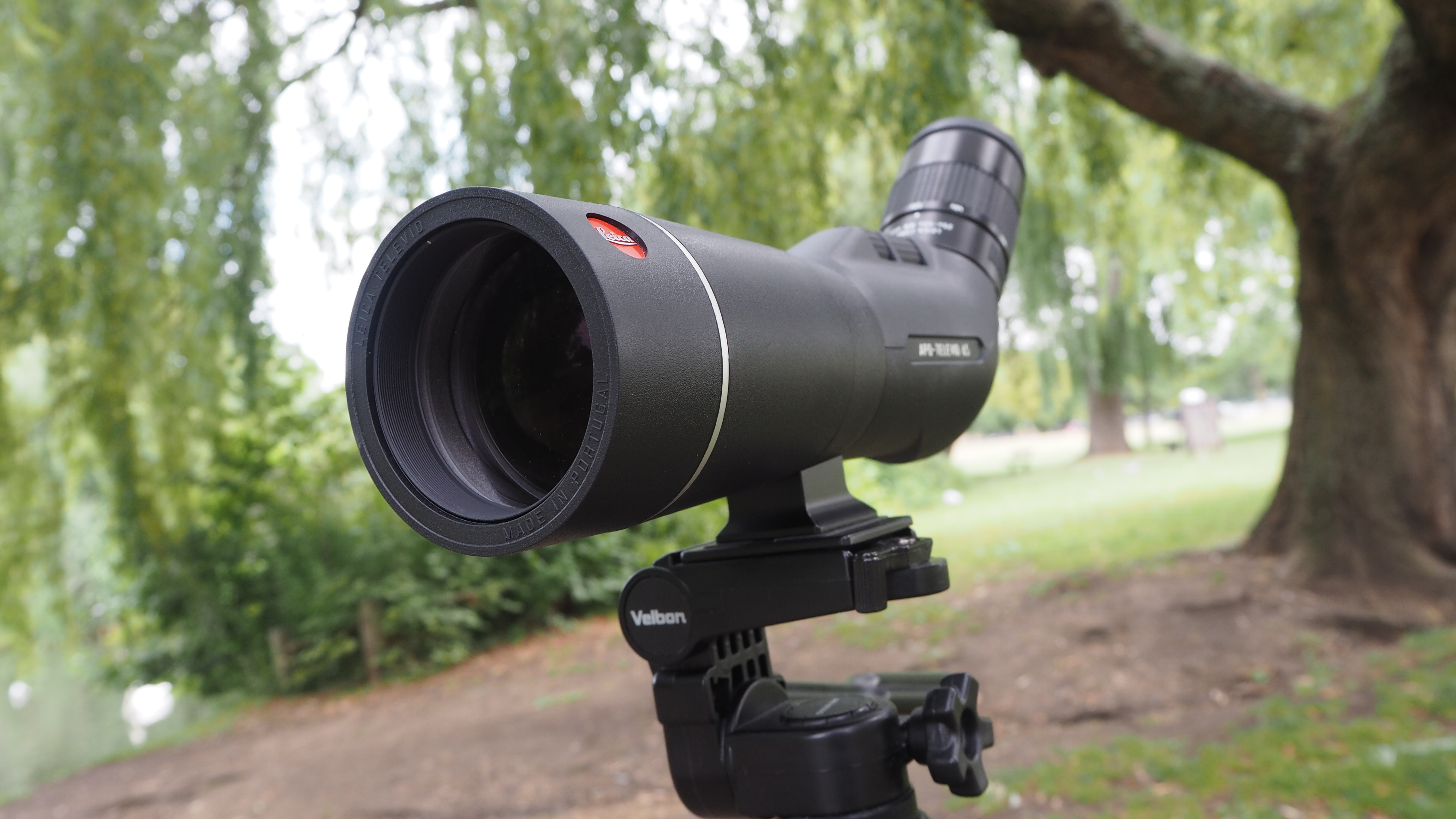
Leica APO-Televid 65: Performance
I used this scope on dim, overcast, and bright, sun-kissed days. Compared with Leica’s simultaneously re-jigged and released 65mm and 82mm Televid-HD models, which sit below the 65mm and 82mm APO-Televid scopes in its current line-up, this ‘APO’ example promises what its maker describes as the very lowest level of colour fringing.
In practice, it’s so minimal that I was hard pressed to spot any at all between areas of high contrast, even at the maximum 50x magnification provided by the eyepiece, which is a big positive. This model also promises Leica’s highest image quality and sharpness, whereas the Televid HD alternative instead promises the best brightness for its class.
The sharpness via the supplied 25-50x WW ASPH eyepiece certainly makes it a decent option for nature and wildlife observers. I found I was able to clearly make out specific markings on animals and wildfowl from afar, thanks to its 440mm equivalent focal length. Alternatively, ‘close’ focus is down to a respectable 2.9 metres.
While the view through this scope is impressively sharp if the device is considered standalone, to my eyes it’s not quite as crystal clear as the view provided by a rival top-end brand also known for optical excellence, such as Swarovski or Zeiss, even when tripod mounted. In fairness, that’s being quite picky. A chunky, sliding lens hood on the Leica helps keep rain off the glass and avoid any possible lens flare – not something I encountered either.
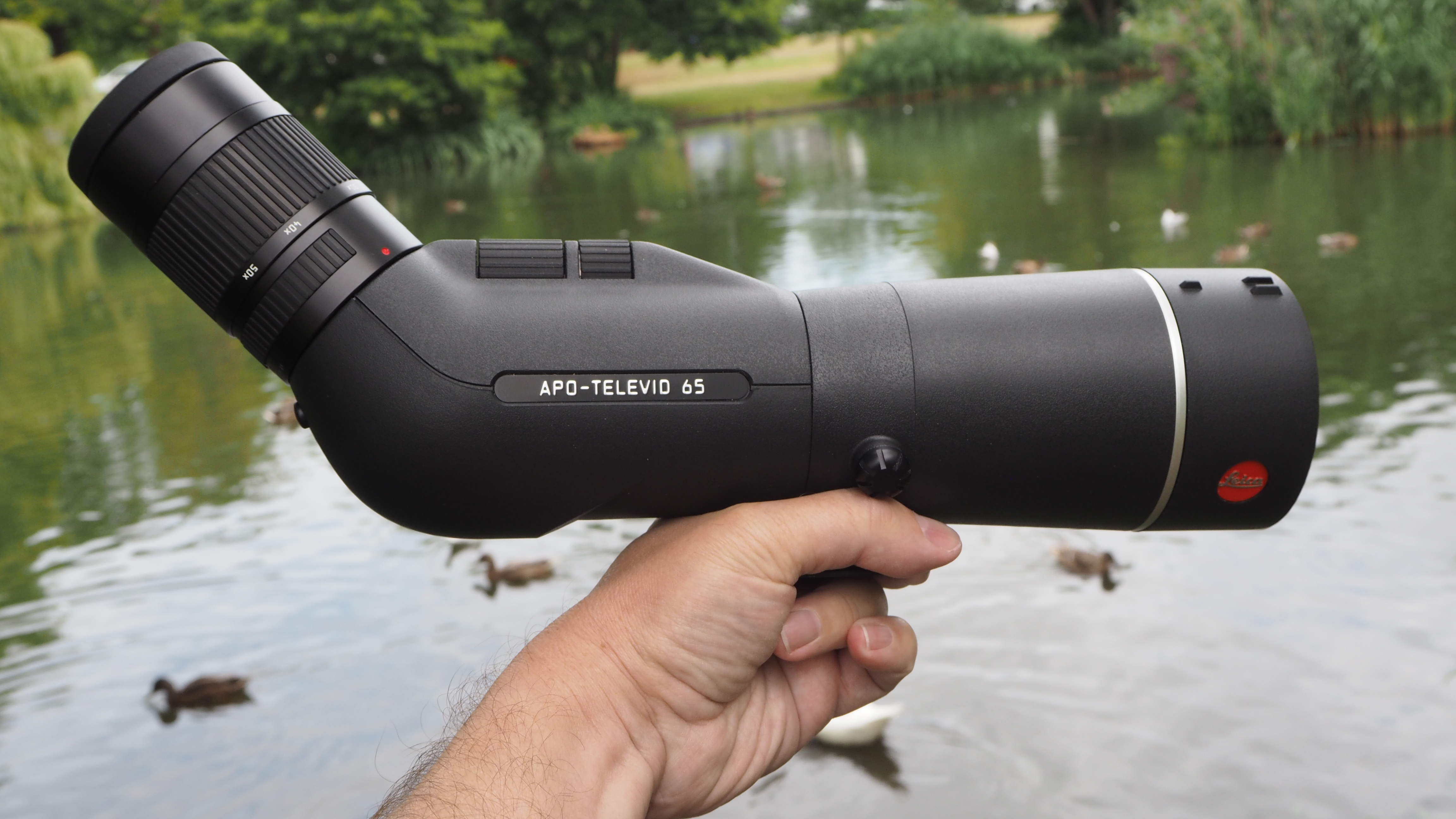
Although inevitably there is some image ‘judder’ visible at the base 25x level of magnification when hand holding this scope, it’s not to an off-putting or uncomfortable degree. However, as we rotate the magnification ring through the incrementally marked 30x, 40x, and 50x settings, our view through the eyepiece gets incrementally wobblier with it, without additional support.
If buying this for the 50x setting, then best to invest in a tripod to go with it. Luckily, Leica has brought out an optional carbon fibre tripod of its own alongside this very model, featuring a fluid video head. That said, my 20-year-old Velbon tripod did the job just as well.
In practice, the APO-Televid 65’s rigid magnification ring is so stiff that it requires a bit of elbow grease to turn; it’s not a control that will be accidentally jogged in the process of fetching the scope out of a bag. In other words, precise adjustments can be slowly made, as desired, in the process of observing and attempting to track our visual quarry.
The angled view provided through the attached eyepiece makes for more comfortable viewing, especially if using the scope mounted on a tripod, which also avoids visible judder at the maximum 50x zoom setting. Obviously, the more you zoom in, the narrower the field of view, so I found it best to first broadly locate my subject in the landscape and then adjust magnification for a closer look.
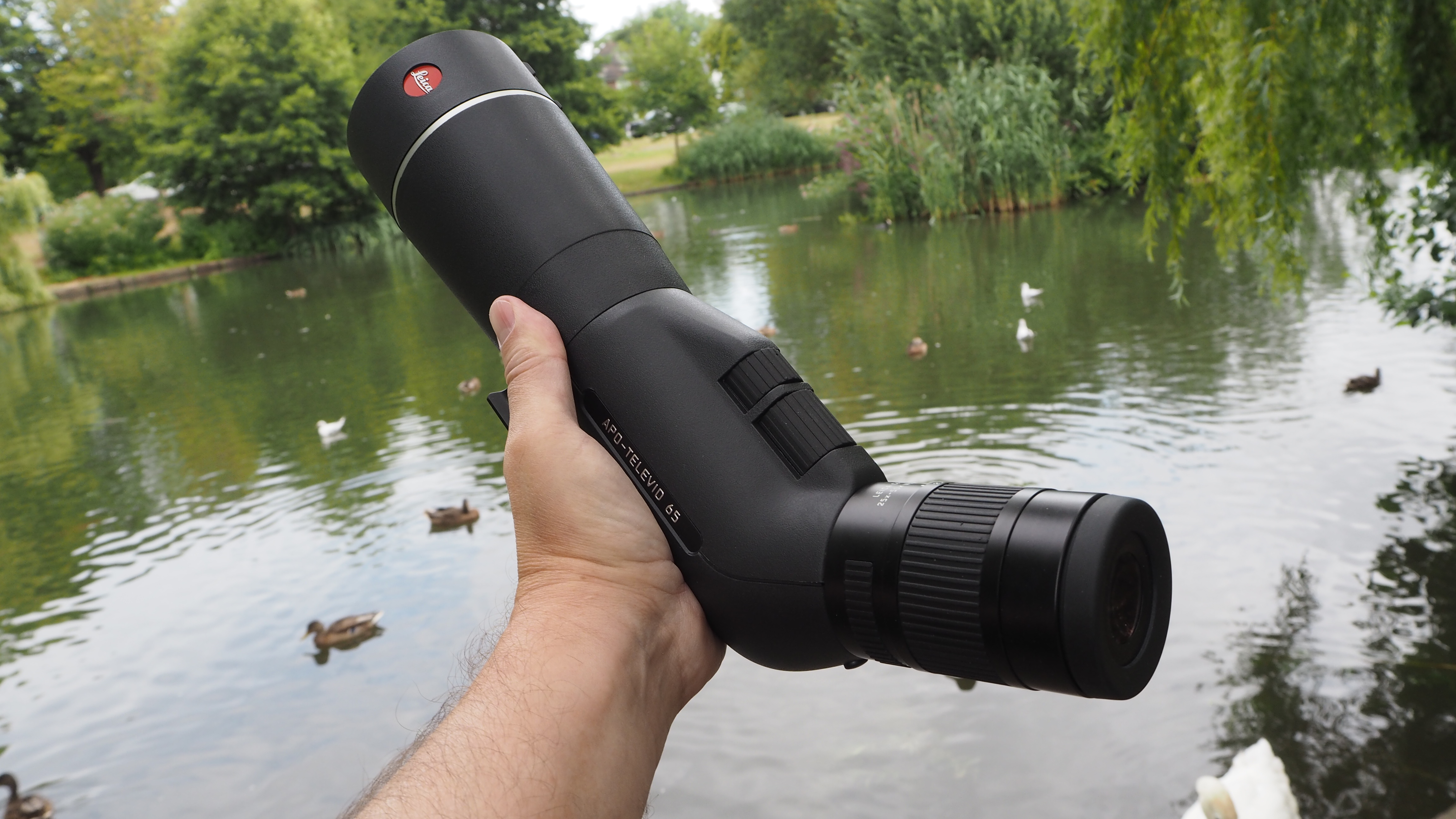
Leica APO-Televid 65: Verdict
A decent sized 65mm objective lens coupled with the ability to adjust magnification from a useful 25x to a generous 50x makes the APO-Televid 65 scope with 25-50x WW ASPH zoom eyepiece suitable for observing a wide variety of subjects, while the angled eyepiece aids comfort for prolonged periods – especially if I’ve got the scope tripod mounted, so can merely bend my neck to observe rather than crouching down.
Artefacts such as purple fringing between areas of high contrast did not prove an issue for me – in fact I struggled to find any at all – and, while sharpness may not match the performance of glass from the likes of Swarovski or Zeiss, taken as a standalone product the Leica APO-Televid 65 scope is impressive indeed and should endure years of faithful use.
Design ★★★★☆ | Sleek and robust, with large chunky adjustment ring for the eyepiece zoom settings and two focus wheels for first alighting on a subject and then fine-tuning sharpness to suit, this is a practical and yet attractively designed scope. |
Performance ★★★★☆ | Focus dials and zoom ring are both stiff to the touch, allowing for gradual, precise adjustment. The view provided is bright and clear as we would hope at this price, but alternatively spending a bit more on glass from the likes of Swarovski or Zeiss will deliver a clearer view still. |
Value ★★★★☆ | Buy any Leica product and we know we’re paying a premium for German precision engineering and construction. Though on paper the scope without the zoom eyepiece seems reasonably priced, the eyepiece is essential… even if it does add a third more onto the cost. |
Buy it if:
- You want a high-quality, high-class spotting scope as an alternative to a pair of binoculars or monocular in terms of power, or telescope in terms of size – and are prepared to pay a premium for it.
Don’t buy it if:
- You’re on a budget, or something smaller and more manageable still would do the job intended, including the alternatives picked out below.
Alternatives
Spotting scopes offer an increased magnification compared to their closest sibling, the monocular, while being less cumbersome than a telescope, their popularity ensuring there are a range of attractive alternative options out there if we don’t want to pay a premium for the Leica APO-Televid with optional 25-50x WW ASPH zoom eyepiece.
While they may not be as critically sharp as the Leica example here, to my eyes, Bushnell and Celestron offer tried and tested and typically great value for money scopes. For instance, there’s the mid-priced Bushnell 20-60x65 Prime scope. As it sounds, this offers adjustable magnification of between 20-60x alongside a large 65mm objective lens. It also has a similar ruggedized shape, look, and feel to the Leica example here.
Offering more power than the Bushnell and a brighter view still is the Celestron Ultima 100, its suffix referring to a 100mm lens size, suggesting a perfect choice for stargazers or lower light observation, when wedded to a generous 22-66x zoom range. Weighing 2Kg it is less portable, but that isn’t an issue if using it tripod mounted for longer periods of observation, whether our subjects are wildlife or the heavens above. Another very fairly priced choice.
More manageable in terms of size and 590g weight, as indicated by the bird that inspired its name, is the Celestron Hummingbird 9-27x56 ED scope. Yes, its lowest magnification level at 9x puts it on a par with a bog-standard monocular. But the camera-adaptable design still allows for digiscoping, and at maximum 27x magnification, its performance is more than respectable.
The above being said, probably the closest to the construction, performance, and price of our Leica option here, and my near namesake, is the Zeiss Conquest Gavia 85. This sturdy, premium offering boasts a powerful 30-60x magnification plus the bright beauty that is its 85mm objective lens, at 1.7Kg, all-in. If you can cope with the weight and the price, the reward is exceptional clarity for birdwatchers, nature lovers, and astronomers looking to bring the faraway up close and personal.
Gavin has over 30 years’ experience of writing about photography and television. He is currently the editor of British Photographic Industry News, and previously served as editor of Which Digital Camera and deputy editor of Total Digital Photography.
He has also written for a wide range of publications including T3, BBC Focus, Empire, NME, Radio Times, MacWorld, Computer Active, What Digital Camera and the Rough Guide books.
With his wealth of knowledge, Gavin is well placed to recognize great camera deals and recommend the best products in Digital Camera World’s buying guides. He also writes on a number of specialist subjects including binoculars and monoculars, spotting scopes, microscopes, trail cameras, action cameras, body cameras, filters and cameras straps.
You must confirm your public display name before commenting
Please logout and then login again, you will then be prompted to enter your display name.
